Increase Restaurant Sales | Recreate Restaurant Experience At Home
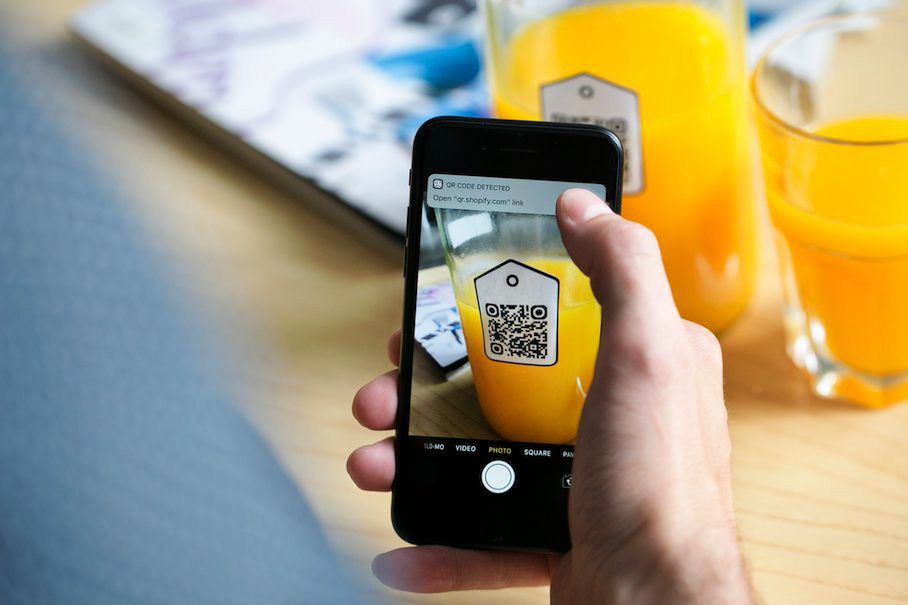
Hint: It is only possible by going fully digital - And no, not just with digital menus or ordering websites
This is a case study on how PeakScale’s client - Hunger Inc Hospitality (The company behind super-successful concepts such as The Bombay Canteen (#2 restaurant in India), O Pedro (#8 restaurant in India) and Bombay Sweet Shop (new launch) - is quickly innovating using a digital transformation strategy that goes well beyond having digital menus and an online ordering website. Their objective is to bring about a permanent transformation in their business that has been significantly impacted by COVID-19.
This case study covers one particular aspect of their digital transformation strategy - of increasing restaurant sales by providing a home dining experience comparable to the restaurant experience. It will be regularly updated over the next few months basis data we are permitted to publicly share.
While COVID-19 has forced all restaurants and bars to adapt and move towards digitalisation (QR code scanned menus, in-app payments and online ordering on own website), one Hospitality company that has embraced all-out digital innovation is Hunger Inc Hospitality .
Customers always went to The Bombay Canteen and O Pedro for the full restaurant experience of having great tasting food and drinks in a fantastic ambience - experiential restaurants (fine dine and premium restaurants) are physical businesses, primarily focused on the dine-in aspect. So what do you do when a global pandemic doesn’t let you provide that restaurant experience to customers at your outlets? You are either pushed to shut down permanently (like many well-known super-premium brands globally), or you innovate and survive and then hopefully thrive. The latter has been the path chosen by Hunger Inc.
They have realized that the only way for experiential restaurants like theirs to survive (and then thrive) is by trying to provide a home-dining experience somewhat comparable to the restaurant experience at their outlets. Brands that manage to provide a superior home dining experience will certainly see significant uplift in delivery and take-out orders in the next few months and even post-COVID. Ask most customers, and they will tell you that they are happy to spend money on the dine-in experience at a nice place, but not for having the same meal at home, except once in an infrequent while. If brands can improve the home dining experience, customers will definitely order more frequently.
So how do you improve the home dining experience in a way that helps you make your delivery / takeout business a significant revenue stream during and post COVID? The answer is - by innovating digitally. And here’s how:
People eat out for the experience - and that experience is significantly impacted by how the food and drinks taste, how they are presented and the kind of music that is played. So let’s break this into two parts:
(a) How the food / drink tastes + visual appeal of presentation
(b) The kind of music that is played + the resulting ambience that is created
[A] How the food / drink tastes + visual appeal of presentation
The biggest challenge in delivery for everyone is how to get the food / drink to taste the same by the time it reaches the customer's doorstep. This has led to a lot of innovation on the packaging front in the last few years. However, despite all the packaging innovations, the fact remains that food and drinks rarely taste the same at the customer’s home as they do at the brand’s outlet. They either become too cold or too warm and either too hard or too soft.
One way to fix this and significantly improve the customer’s home dining experience is to provide simple, precise instructions for how to prepare and / or reheat the food / drink, and then how to put it together (visually) in the same way as it would be presented in the restaurant / bar. This one additional step can have a massive impact on the customer’s experience – and can also add some fun and a sense of achievement. And it can be accomplished very easily using the humble QR code and your website / Instagram page.
Not many are aware, but QR codes are incredibly flexible. While you can have one QR code for opening your digital menu or payments, you can have a totally different QR code that redirects the customer to a particular page on your website or a particular Instagram post on your feed.
Here’s how Hunger Inc used QR codes to get customers to understand the right way to prepare / reheat and visually present the food and drinks ordered from them:
Step 1: Setup webpages on their site that explained to customers how the food and drinks should be prepared and presented:
https://www.hungerinc.in/heating-instructions
https://www.hungerinc.in/how-to-make-your-cocktail
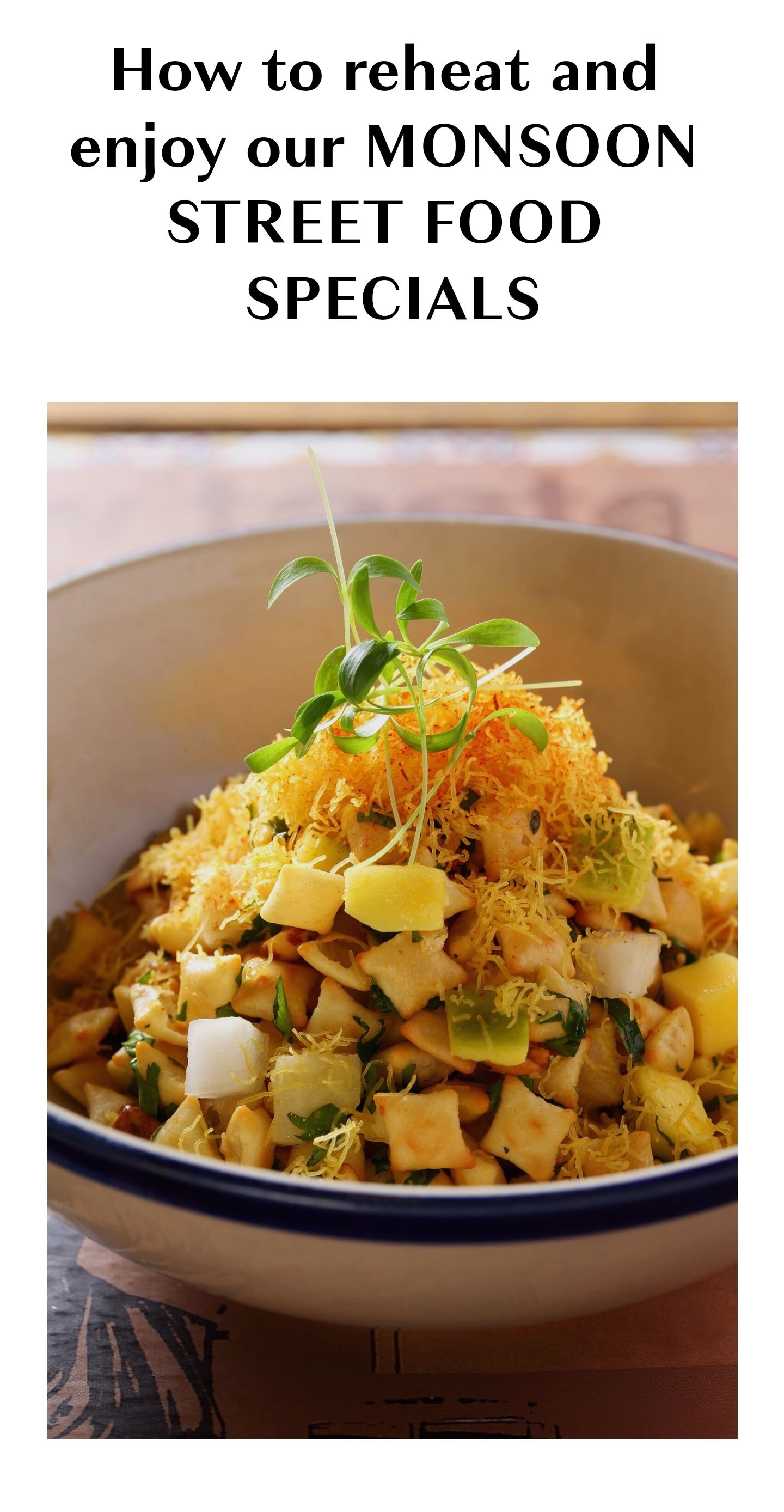
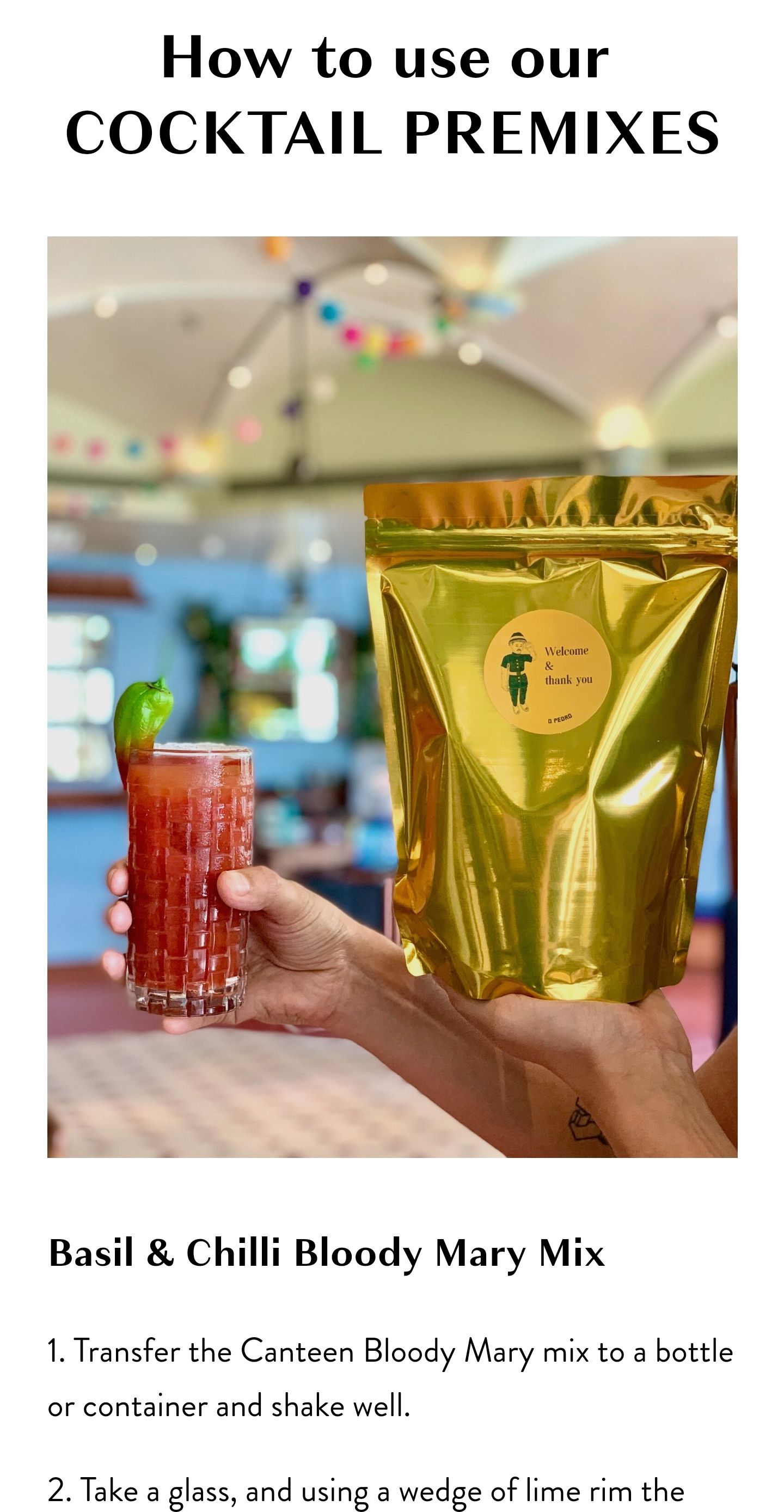
If you do not want to set this up on your website, you can get similar outcomes by creating a few Instagram posts with good imagery and precise instructions.
Step 2: Create QR codes that redirect customers to the above links, and stick them to your delivery packaging:
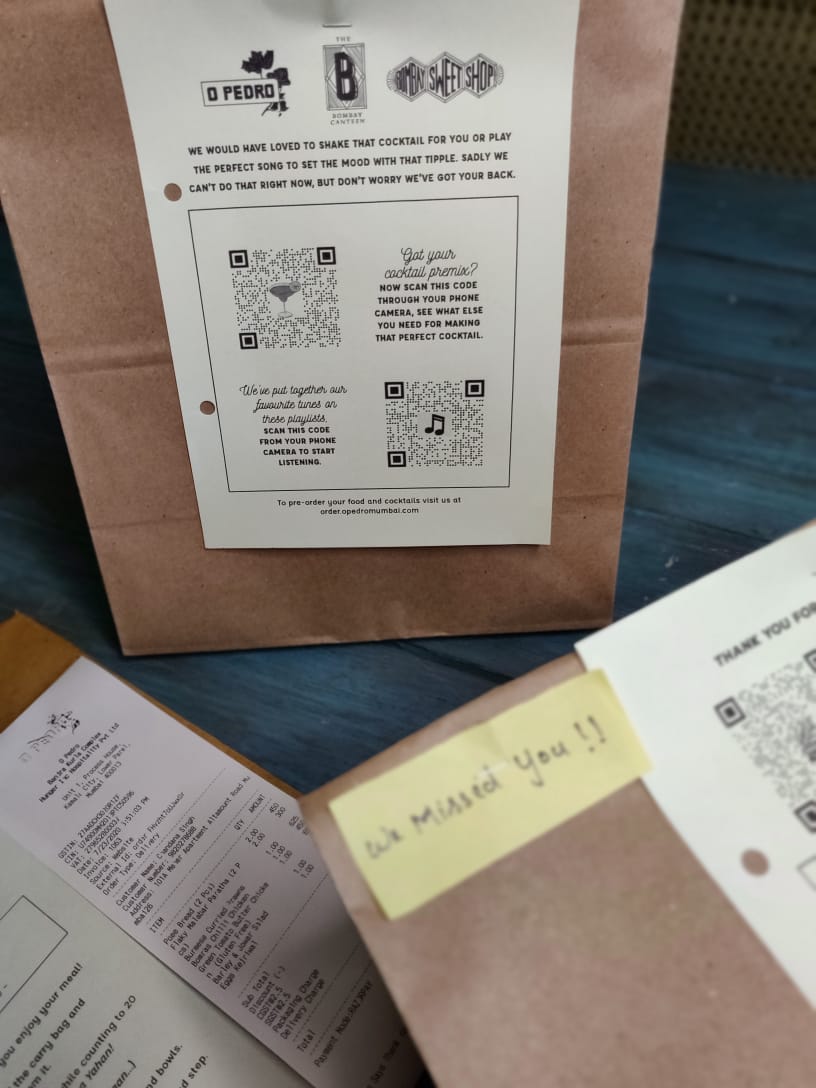
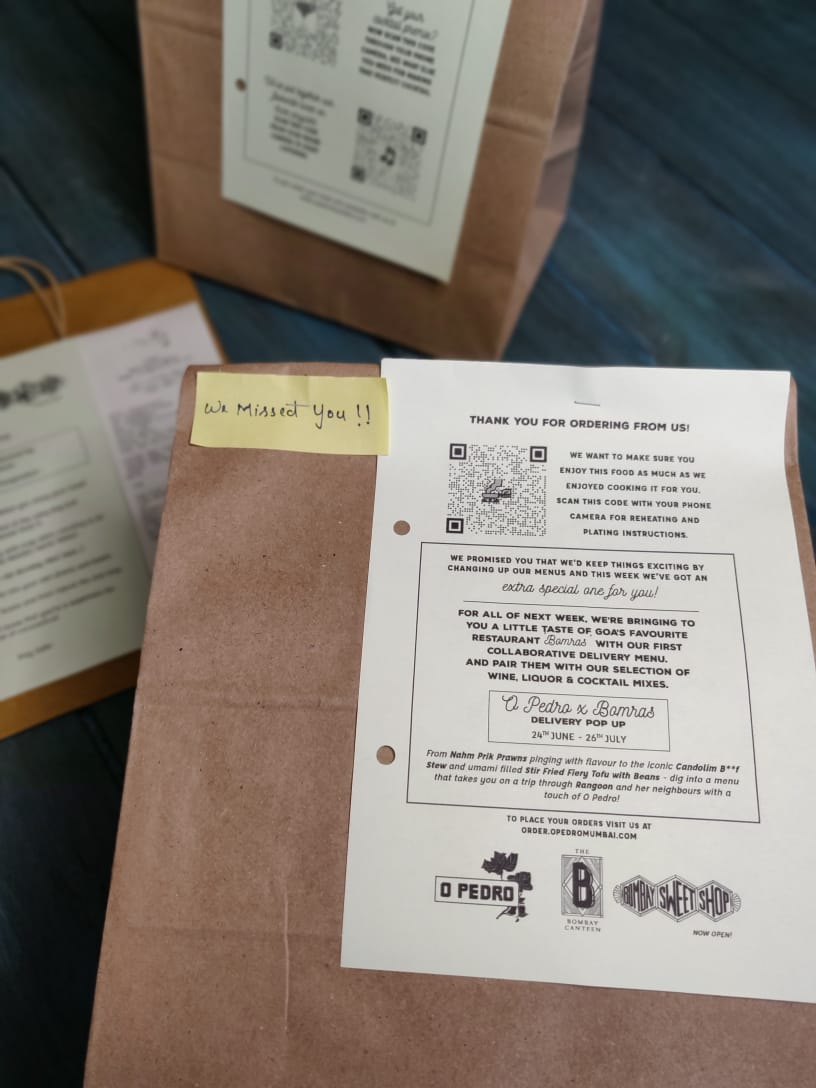
Step 3: Customer scans QR code with their phone camera [try scanning the below QR codes with your phone camera]
HOW TO REHEAT AND PLATE YOUR FOOD
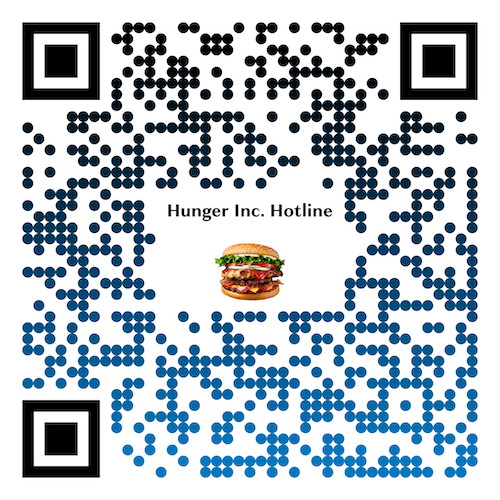
HOW TO MAKE THE PERFECT COCKTAIL USING THE PREMIX
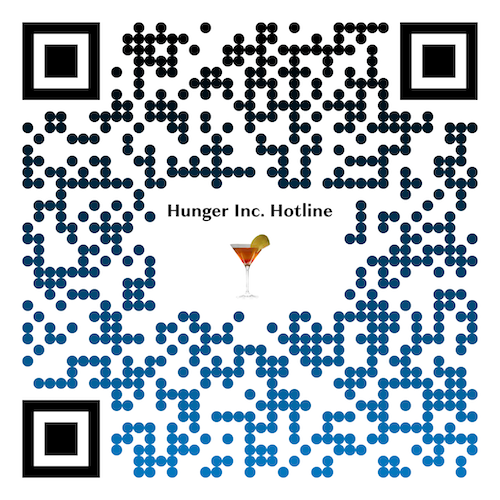
[B] The kind of music that is played + the resulting ambience that is created
The other thing that greatly impacts a customer’s eating out experience is the music. Brands spend a lot of time and money carefully curating music at their outlets - then why not provide the same auditory experience to customers while eating your food at home? This is again easily possible through a QR code. If you refer to the first packaging image on top, you can see an additional QR code printed that redirects customers to Spotify playlists of Hunger Inc's outlets. Try scanning the below QR code with your phone camera:
HOW TO SET THE MOOD
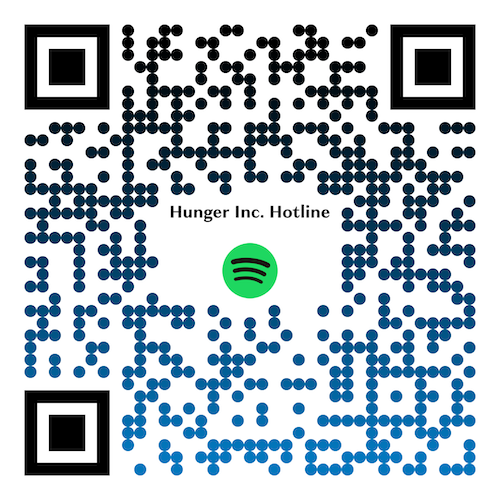
'First Principles Thinking' is a big buzz phrase nowadays and everyone claims to do it. However, this digital transformation by Hunger Inc is the real deal in 'First Principles Thinking'. Another great example is Airbnb - which quickly transformed its offline experiences business into a successful online experiences business.
Setting up these digital experience enablers would probably take most brands a couple of weeks of effort and brain-storming, however, if executed correctly, the bump in revenue will be noticeable and permanent within a few months.
You can generate QR codes using an online generator like this one, or by using PeakScale’s software. Hunger Inc uses PeakScale to digitally automate a range of their daily processes related to their team, customers and assets - FOH Opening / Closing, Kitchen Opening / Closing, COVID Safety, Pest Control, Maintenance, License and Permit Management, Internal Helpdesks and Asset Management (Upcoming).
Feel free to email me if you have any questions, or setup a quick 20 minute demo here.

